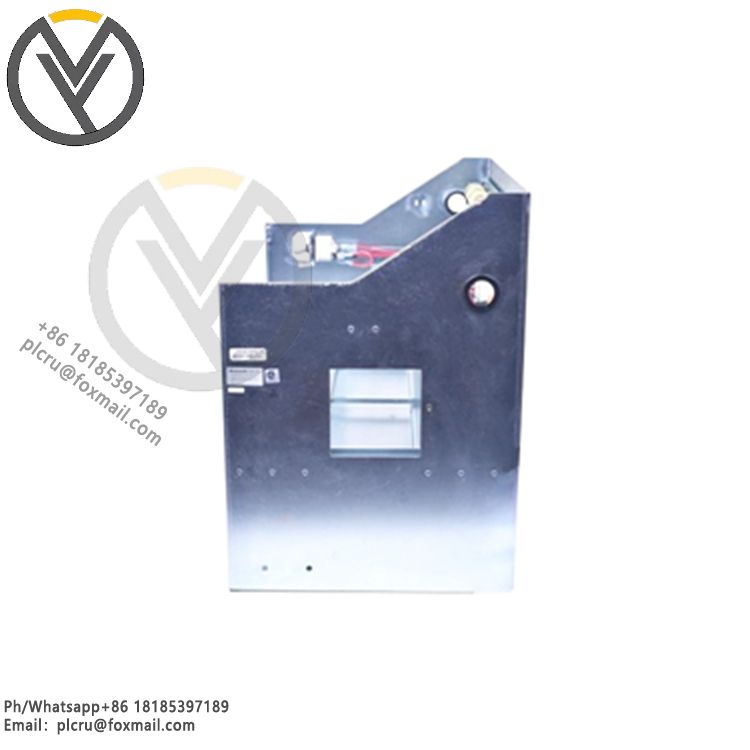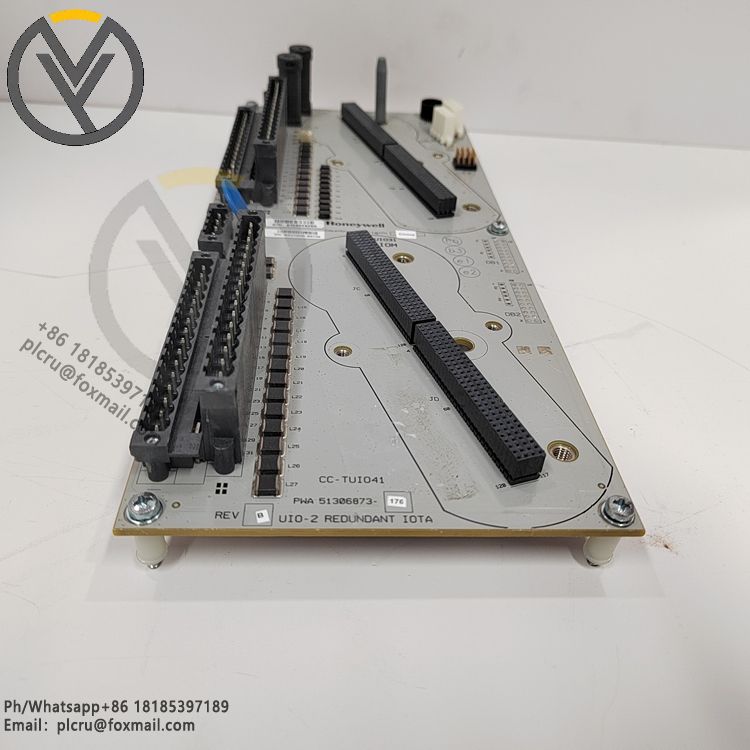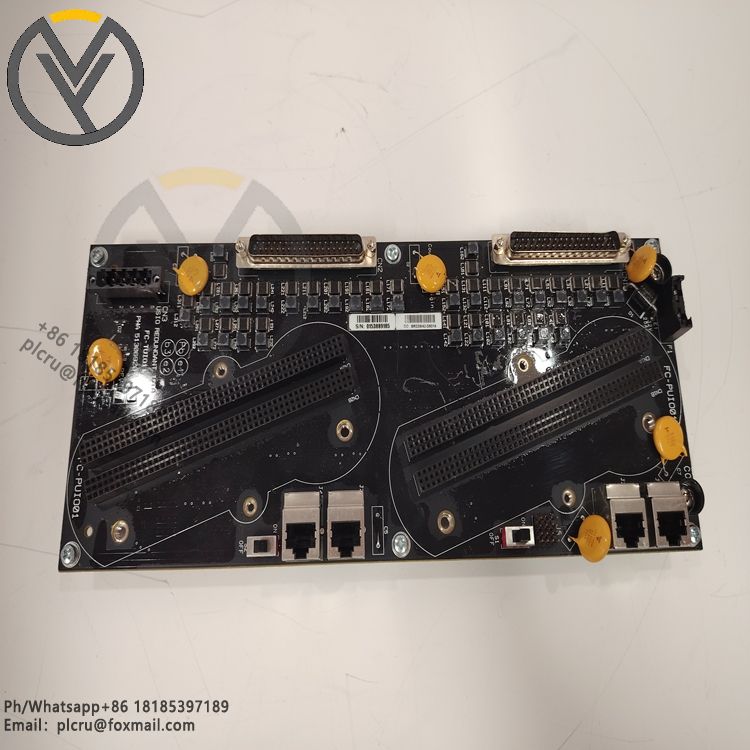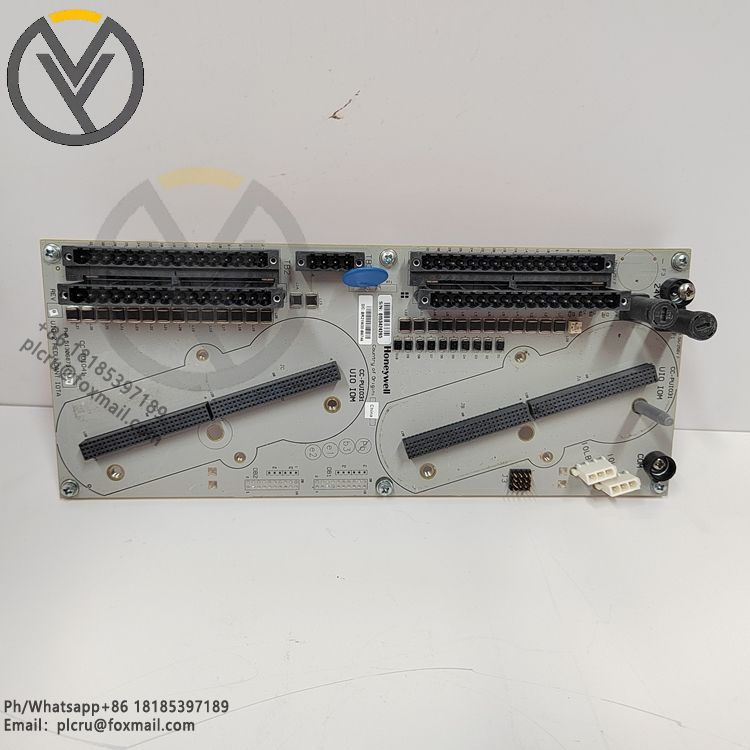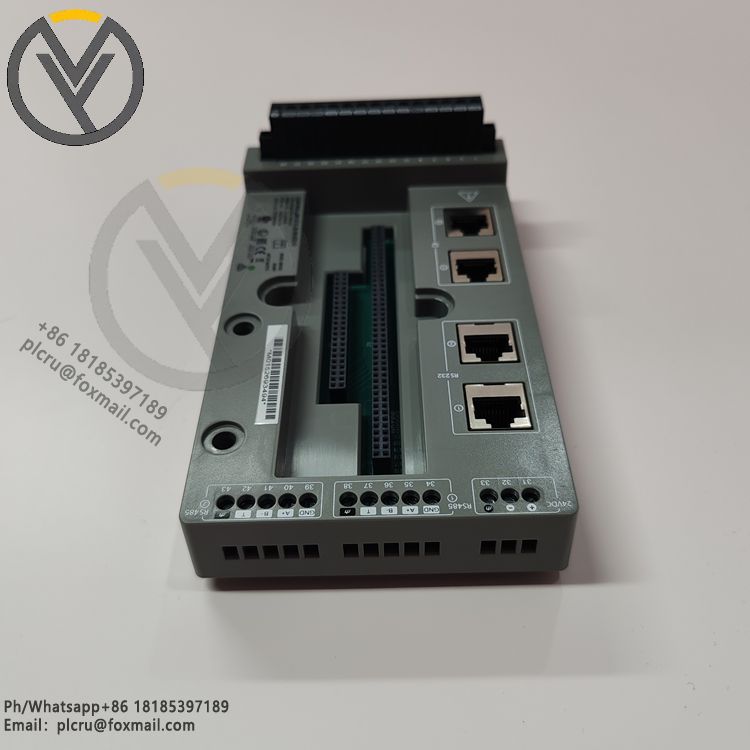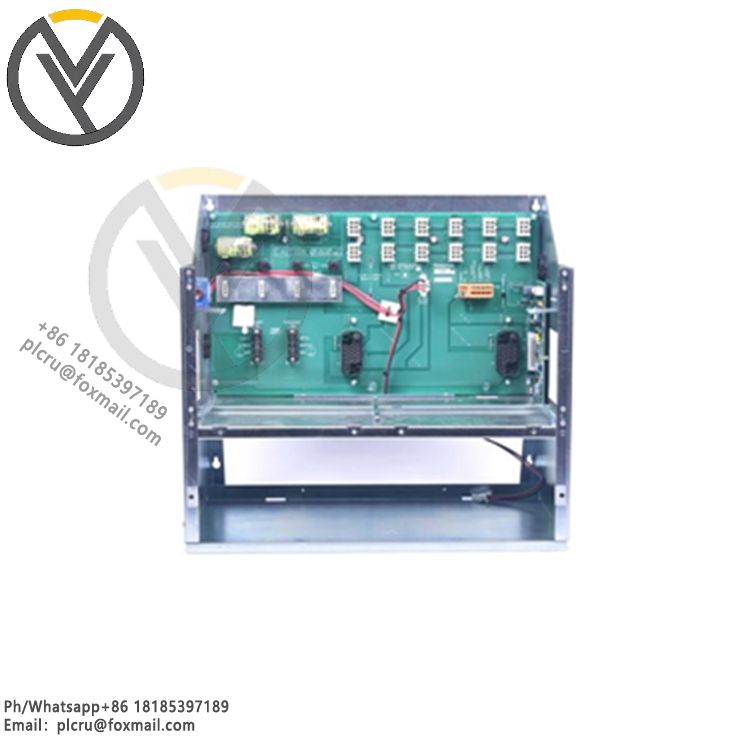
Honeywell 51404174-275 Redundant Power Supply Module
Delivery time 3 days
Product origin New/used
Email plcru@foxmail.com
Mobile/wechat /WhatsApp +86 18185397189
Detailed datasheet for Honeywell 51404174 - 275 redundant power supply module. T
Detailed datasheet for Honeywell 51404174 - 275 redundant power supply module. Typically, this datasheet may include the following:
General Information
Product Model: 51404174 - 275.
Product Type: Clearly a redundant power supply module for a specific Honeywell control system or device.
Electrical Characteristics
Input Voltage: Clearly specifies the power input range that the module can accept, such as the common 120V AC, 230V AC, or 24V DC.
Output Voltage: Usually a stable DC voltage, such as 5V, 12V, or 24V, to provide the required operating voltage for the connected device.
Output Current: Gives the maximum output current that the module can provide to meet the power requirements of the connected device. For example, it may range from a few amps to tens of amps.
Power Capacity: The calculated output power, which is equal to the output voltage multiplied by the output current, is used to evaluate the load capacity that the module can carry.
Voltage stability: describes the module's ability to maintain a stable output voltage under different load conditions, usually expressed as a percentage, such as a voltage fluctuation range of ±1% or ±2%.
Efficiency: The module's efficiency in converting input power to output power. Higher efficiency helps reduce energy consumption and heat generation.
Physical characteristics
Dimensions: The specific values of length, width, and height to determine its location in the equipment cabinet or installation space.
Weight: The weight of the module, which is a reference for installation in a specific location or where there is a weight limit.
Mounting method: For example, rail mounting, panel mounting, or rack mounting, and the corresponding mounting hole size and layout.
Working environment
Operating temperature range: The temperature range in which the module can operate normally, such as 0℃ to 50℃ or -20℃ to 70℃.
Humidity range: The allowable operating humidity range, usually expressed in relative humidity, such as 5% to 95%, without condensation.
Vibration and shock resistance: Within a certain range of vibration frequency and acceleration, and when subjected to a certain degree of shock, the module can maintain normal operation without affecting its performance and reliability.
Redundancy function
Redundancy mode: describes how the module achieves redundancy, such as through parallel, series or other specific redundant architectures.
Failure switching time: When the main power fails, the switching time for the backup power supply to take over the work is usually measured in milliseconds or microseconds. Shorter switching time helps ensure uninterrupted operation of the equipment.
Redundancy monitoring and alarm function: whether it has the ability to monitor the status of redundant power supplies, and whether it can send an alarm signal in the event of a failure to notify the operator to perform maintenance and processing.

